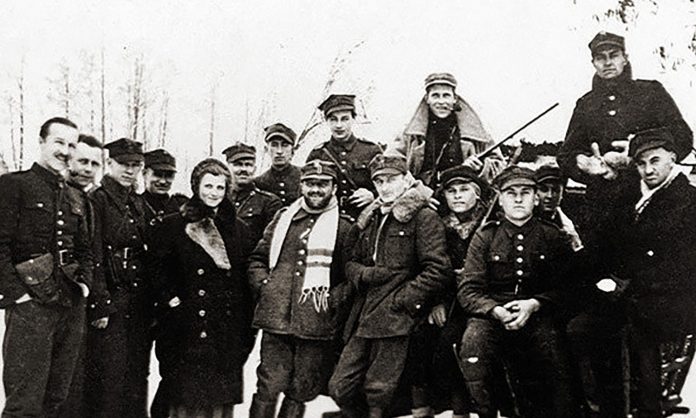In a post on the Killzone blog, James Scott Bell suggests that every story is a war story. He quotes writer Nancy Kress as saying, “Every war includes these factors: combatants who know which side they’re on; something significant at stake; murderous action in which both sides are struggling as hard as they can to prevail; an end to the war through victory, surrender, exhaustion or default; some means of deciding who won.”
Those elements apply to any genre of fiction, even romance and comedy. “Unless the lovers fight through obstacles because they must be together or lose the deepest part of their lives (psychological death), the story isn’t full capacity,” Bell writes. Characters in a comedy cannot act as though they understand they’re in a comedy, but rather must think their lives are tragic.
“Thinking in these terms will ensure that your scenes have significance,” Bell notes. “Think about each move a character makes as a battle tactic, and each physical action and dialogue exchange as a weapon. These can be subtle and involve subterfuge or distraction, as well as direct assault. But they’re all employed to gain the victory.”
As you begin to write, ask yourself:
- What are the two sides in this war?
- What is at stake?
- At what point in the story do the two sides understand, intellectually or emotionally, that they’re at war? Or, if the characters don’t know yet that there’s a war on, does the reader know?
“Readers are always subconsciously asking: Why should I care?” Bell concludes. “Draw battle lines in your story, and they will.”












